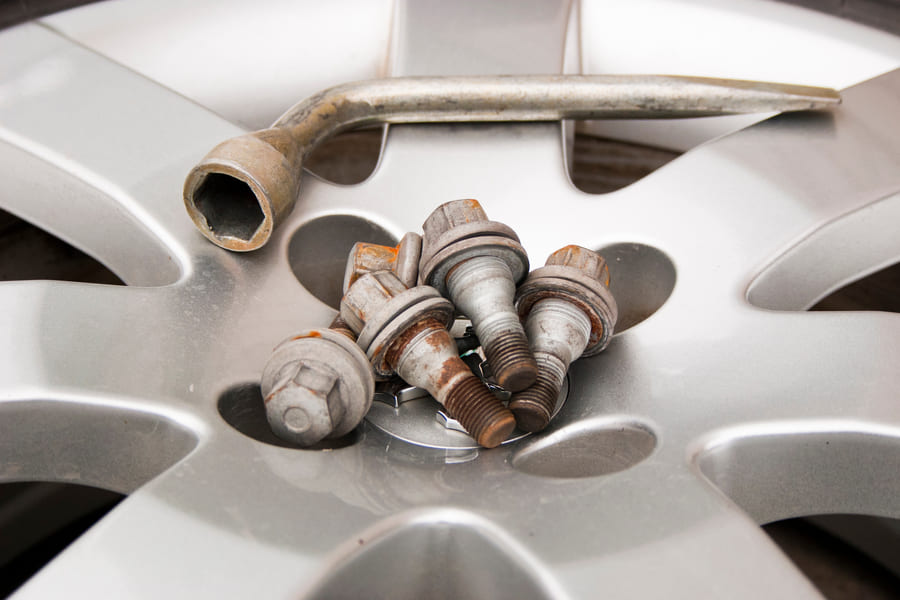
Every car manufacturer always indicates the tightening torque for bolts and nuts in the vehicle operation manual. Ignoring these recommendations is very dangerous: improperly installed fastener can cause a serious road accident. Here we tell you about the most common mistakes made when installing the fasteners, and how to prevent them, and also about what to do if an incorrectly fastened wheel detached.
Why improper tightening of fasteners is dangerous
An insufficiently tightened fastener is apt to self-loosening when exposed to vibrations during driving. In the course of time it will unscrew totally. If there are more than one such fastener, a wheel may detach right during driving.
An excessively tightened fastener is no less dangerous. It leads to deformation of the wheel rim, change of the hole profile, which impairs the wheel fixation. The rim itself may crack in the fastener area, and the wheel bolt or stud may break. Moreover, it is easy to strip the thread or round off the bolt head when overtightening it. This makes removal of the wheel difficult and sometimes impossible.
5 errors when mounting wheel bolts
- Tightening by hand. Wheel bolts should only be mounted using a torque wrench which allows to control the tightening torque. But you should start tightening by hand: this will allow to avoid misalignment of the fastener and damaging of its seat.
- Use of air wrench. In most cases its use leads to overtightening the fastener. Only high quality professional tools are an exception to this rule, since they allow to precisely set the tightening torque.
- Installation of improper fasteners. Improperly selected components can cause various problems, such as:
- Too long bolts may interfere with other parts, which is fraught with wheel locking.
- Short fasteners cannot provide reliable fixation of the rim. When they are used, the risk to damage the thread on the part itself or its mounting hole is increased.
- Use of conical seat fasteners in the wheels with spherical mounting seats and vice versa leads to misalignment of the wheel with respect to its rotation axis. As a result, the threaded connection loosens.
- Use of worn or broken fasteners. Wheel bolts and nuts are intended for about 35-40 cycles of unscrewing/screwing in. After that, it is recommended to replace them. Also it is prohibited to install parts with damaged threads or heads.
- Tightening bolts in random order. In order to provide proper wheel position the fasteners should be tightened according to a specific pattern. The most common are:
- for four-point fastening: 1-3-4-2;
- for five-point: 1-4-2-5-3;
- for six-point: 1-4-5-2-3-6.
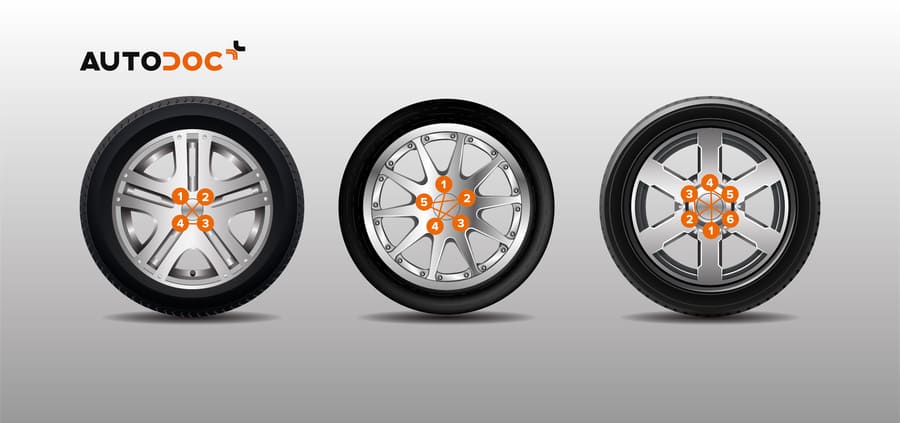
If a wheel detached: extreme driving class
In most cases, the signs of fasteners unscrewing are knocking or specific clicking sounds during driving, steering wheel wobbling, uneven tyre wear and other.
But if you didn’t notice them in time, and the wheel detached during driving, proceed as follows:- Grab the steering wheel tight. Before detaching, the wheel usually starts vibrating. Having noticed this, place both hands on the steering wheel at the 10 and 2 o’clock position.
- Carefully drive the car to the roadside. When doing this, operate the steering wheel with as little and careful movements as possible.
- At the same time reduce speed by releasing the accelerator pedal.
- Shift down a gear.
- Slowly press the brake pedal.
Avoid sharp movements – this will lead to full loss of control.
Conclusion
Safety of all road users depends on how reliably the wheel fasteners are fixed. But many drivers fail to pay due attention to wheel fasteners, which causes many road accidents, often with fatal result. In order to prevent it, check the threaded connections at least once a month and, if necessary, tighten them to the values specified in technical documentation. Only buy high-quality spares that meet your car specifications. When installing them, follow the recommendations of the car manufacturer, and your car’s wheels will remain always at their place.




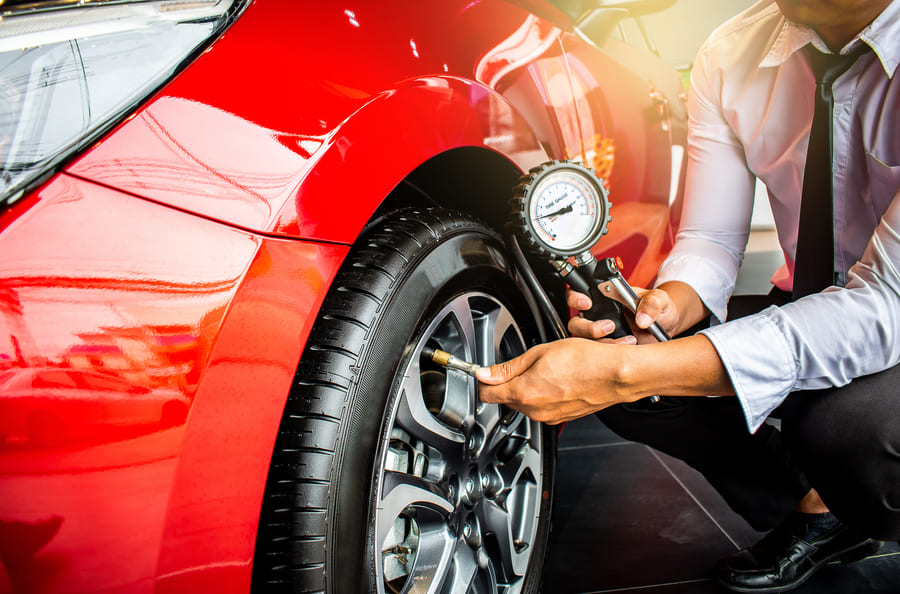

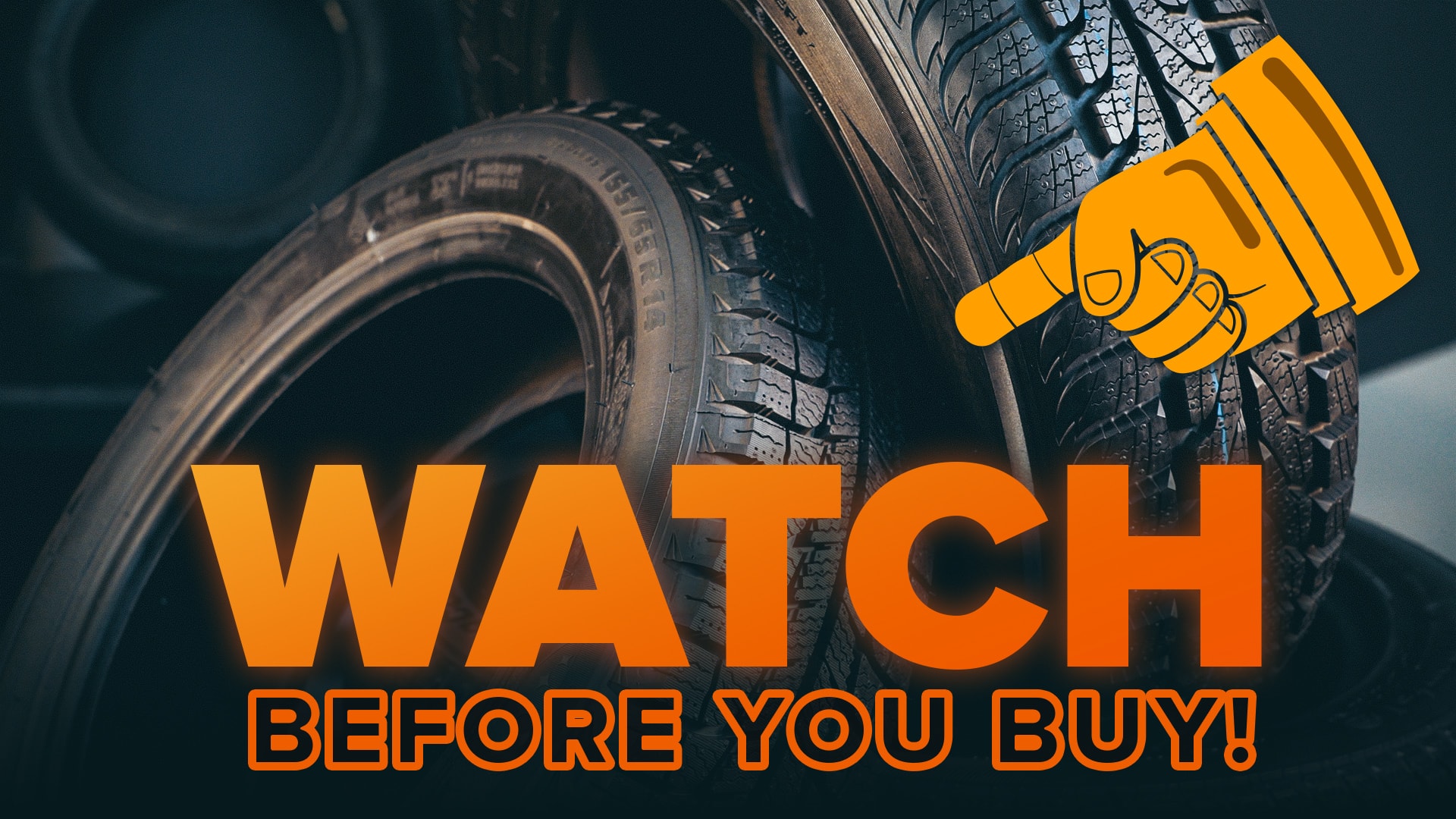
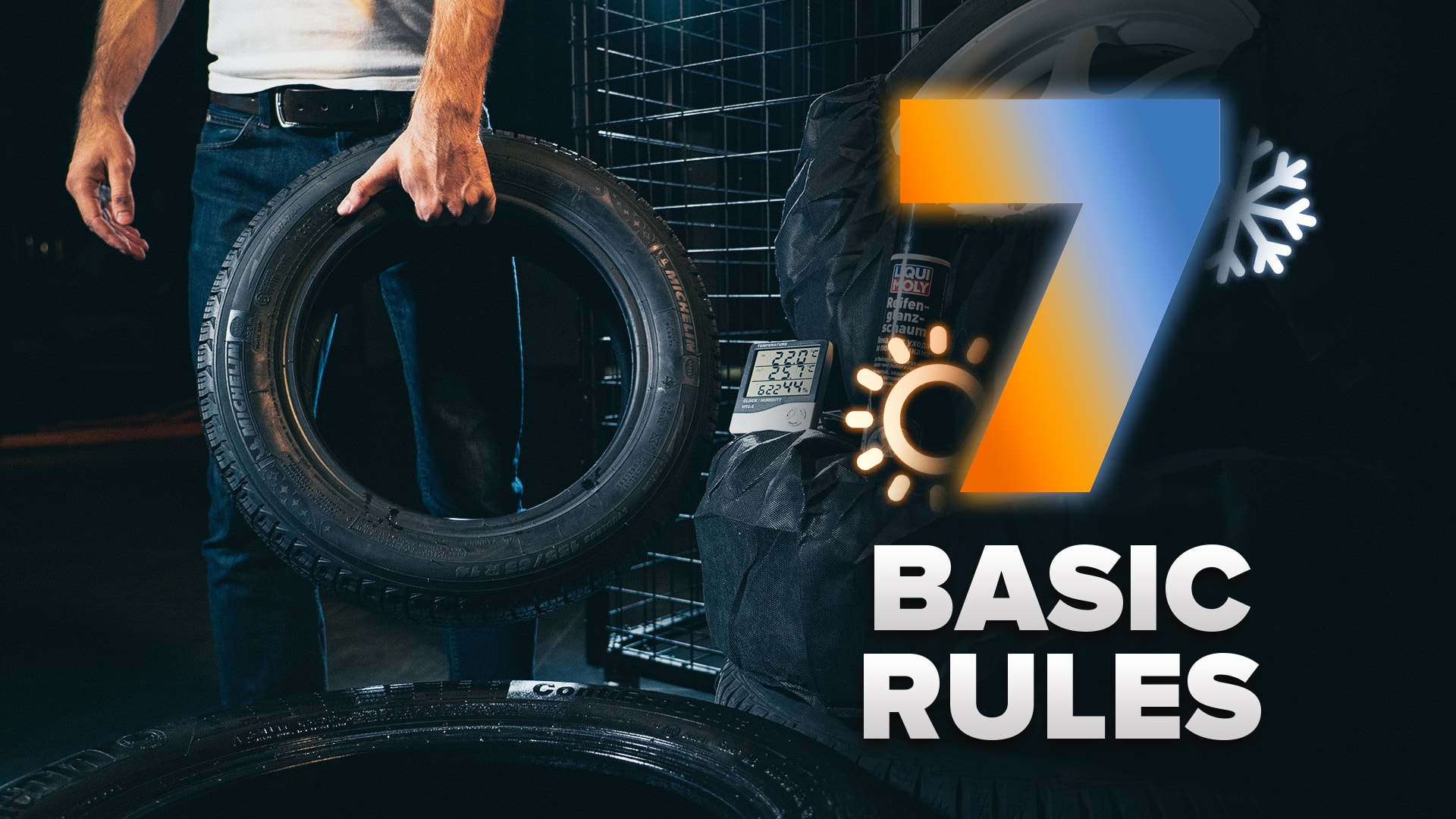
Comment